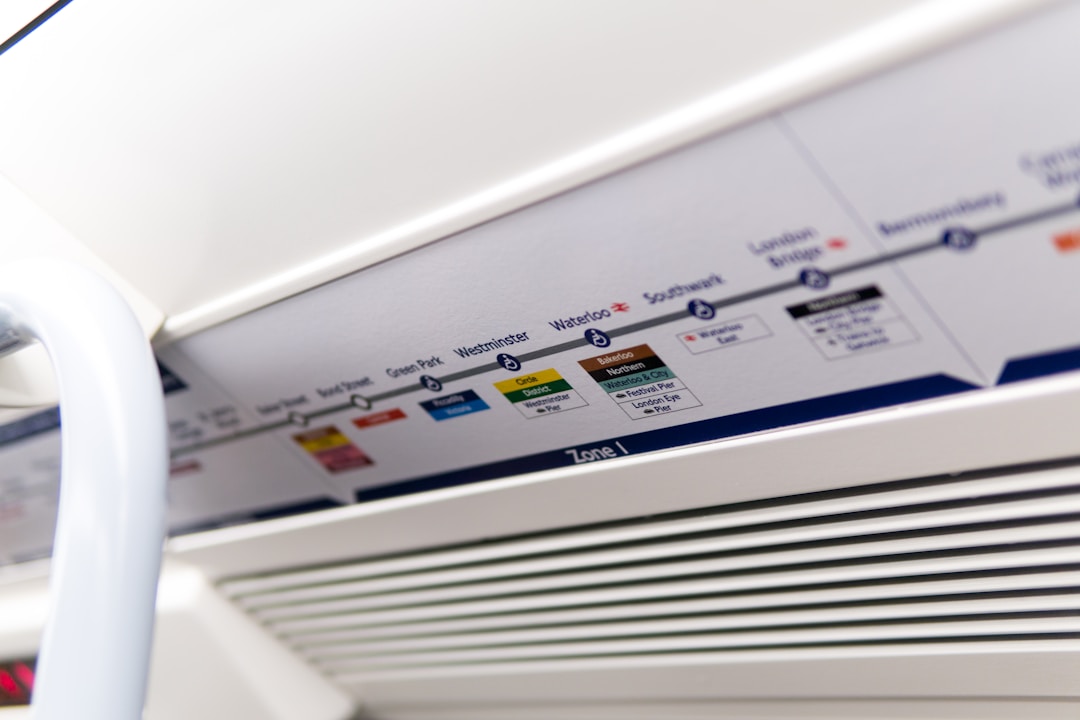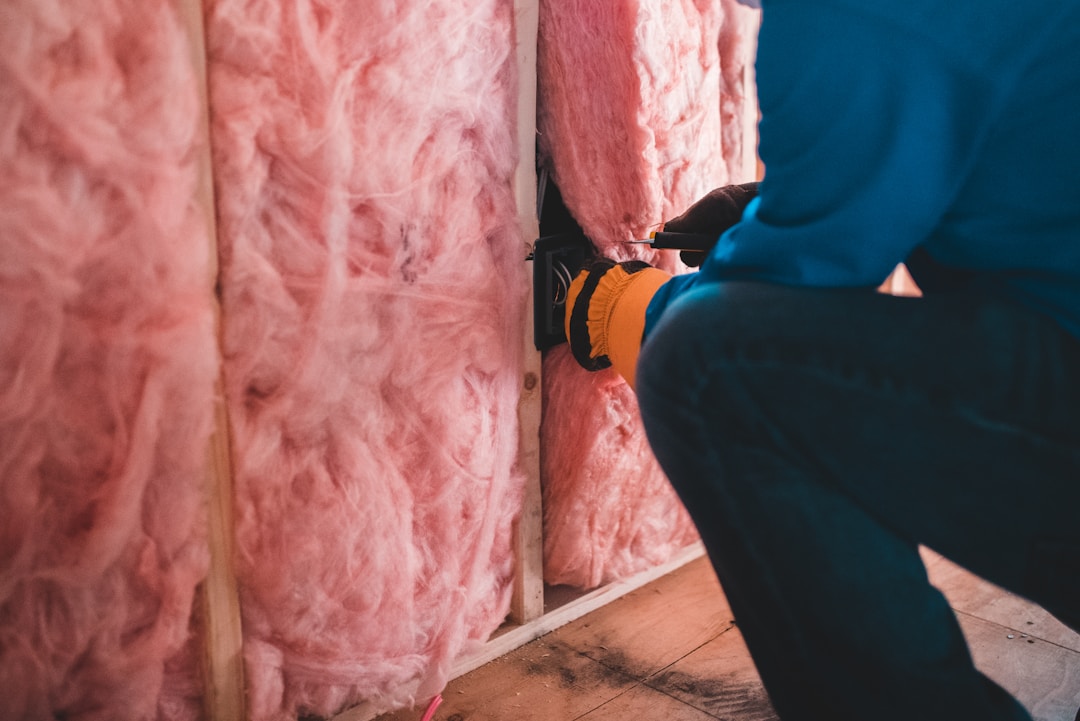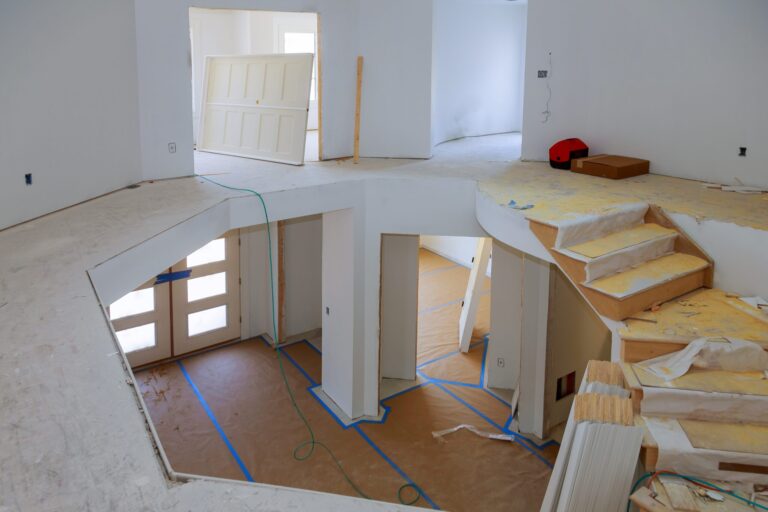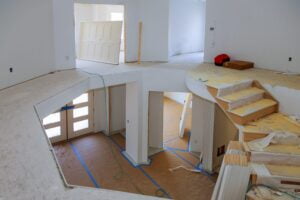Over the past few years, greenhouse gas emissions have been a major topic, especially regarding climate change and sustainability. To many homeowners, it may be a surprise that every house produces its own share of gas emissions, contributing to environmental impact. Here, we will look at a few of the ins and outs of residential gas emissions, as well as some helpful tips on how you can cut down on your own home’s environmental footprint.
Auditing Your Home’s Energy Use
Generally, a “carbon footprint” is determined by the amount of greenhouse gas emissions generated by an individual or an entity. As a homeowner, your “footprint” contains the carbon emissions given off by the energy used in your home. Although many people never think of it, each household, when combined, can affect the environment through gradual climate change and global warming. Unfortunately, experts estimate that the United States has the highest carbon footprint rates in the world: approximately 16 tons of carbon-equivalent emissions, not counting the nation’s dependency on fossil fuels. But everyone can do their part to make a positive change and try to bring their home as close to zero gas emissions as possible.
Over the last year, many people working from home, changing the face of everyday business. Many companies took their own carbon footprint into account when deciding when to outsource and when to expand in house teams. Additionally, many startups have committed to “go green,” utilizing technologies that focus on lowering the global temperature through zero greenhouse gas emissions and other innovations.
Several factors can be considered, such as your home’s gas company, a potential conversion to clean energy or carbon-neutral renewable energy, and weighing the pros and cons of making the switch. To take measures to lower the negative impact of gas emissions within your household, consider contacting your energy service provider and asking for a home energy audit from a technician who can advise your family on how to make emission cuts offset a negative environmental impact.
Installing a New Air Conditioner

One way to monitor emissions reduction in their home is by upgrading their existing air system, installing a modernized unit with a net-zero target, and, in the case of the heater, a dependency on natural gas. Before selecting a new unit, consult your gas company or energy provider so customer service can provide you with insights into environmentally-friendly, clean energy options. According to the EPA, 20 percent of U.S. homes with the highest air conditioner use rate also amounts to 45 percent of all cooling consumption across the country. By upgrading the AC units in older homes (or installing energy-efficient models), approximately 8 percent of the United States’ electricity usage could be saved while eliminating nearly 50 tons of carbon dioxide annually.
Although there is no substitute for cutting down on overall energy consumption (as cracking a window during the summer months and giving your AC a rest is still the best solution), there are new air systems designed with emissions reduction in mind. For example, many homeowners have converted to mini-split air conditioners, which is a good way for homes lacking ductwork to cut back on direct emissions. The units combine ductless and mini-split systems with an outdoor compressor and condenser for direct air capture with an indoor handling unit. Circulating liquid refrigerant, the system provides both cool air or hot air (depending upon your seasonal preference) and is much more energy-efficient.
Adding Insulation and Fixing Leaks

Finally, one of the easiest ways for a homeowner to keep their emissions and energy footprint under control is to make sure that the home is fully insulated for air leaks, particularly the attic, basement, and crawlspaces, and to fix any existing leaks. Aside from keeping your systems running at full capacity, these forms of breakages literally waste energy, causing unneeded strain on both the environment and your utility bill.











